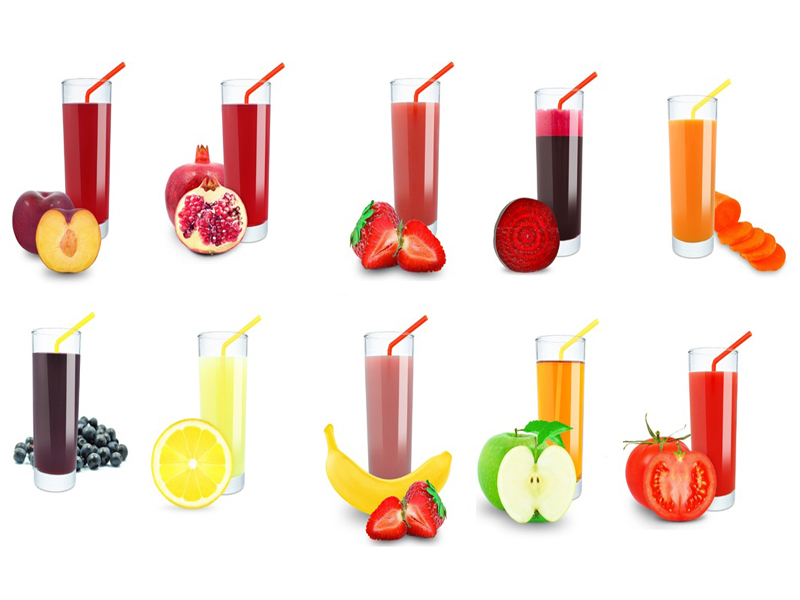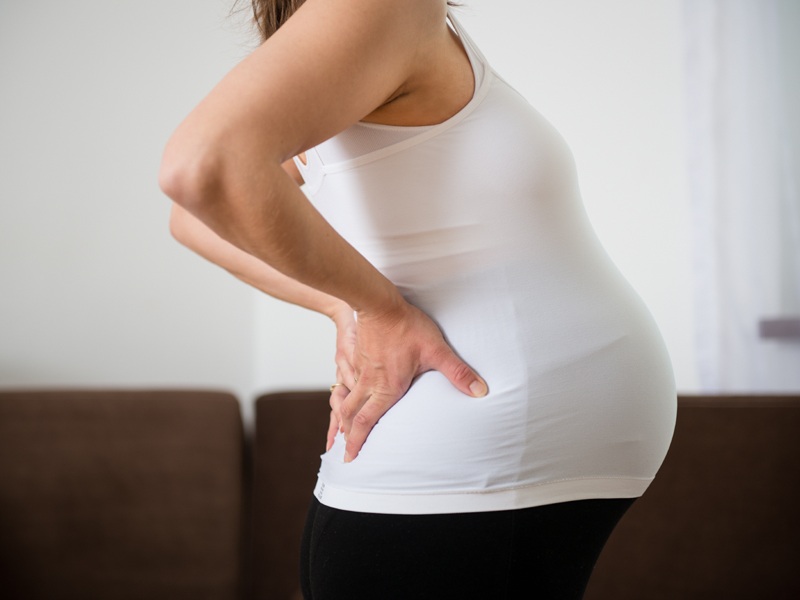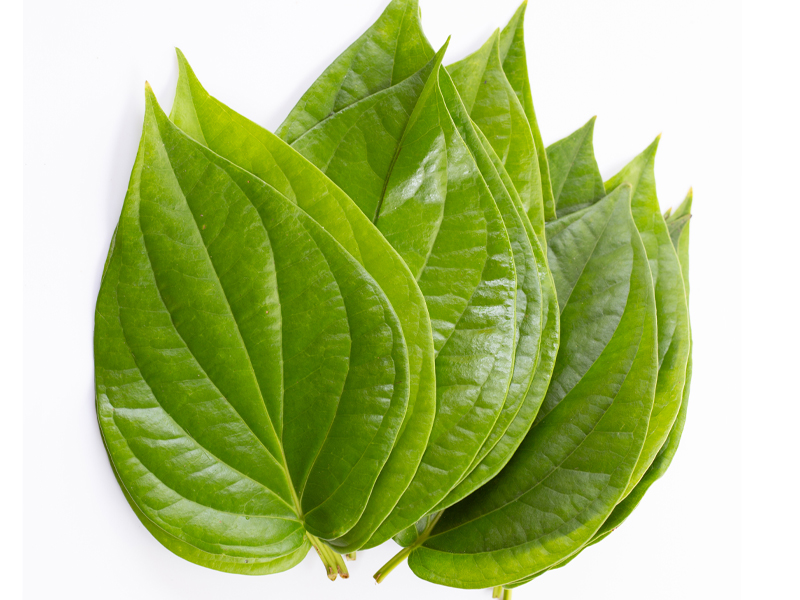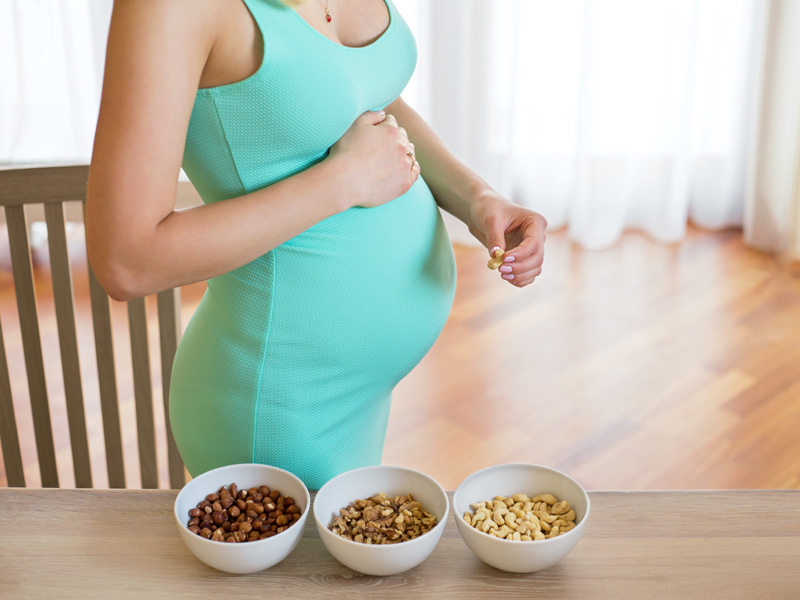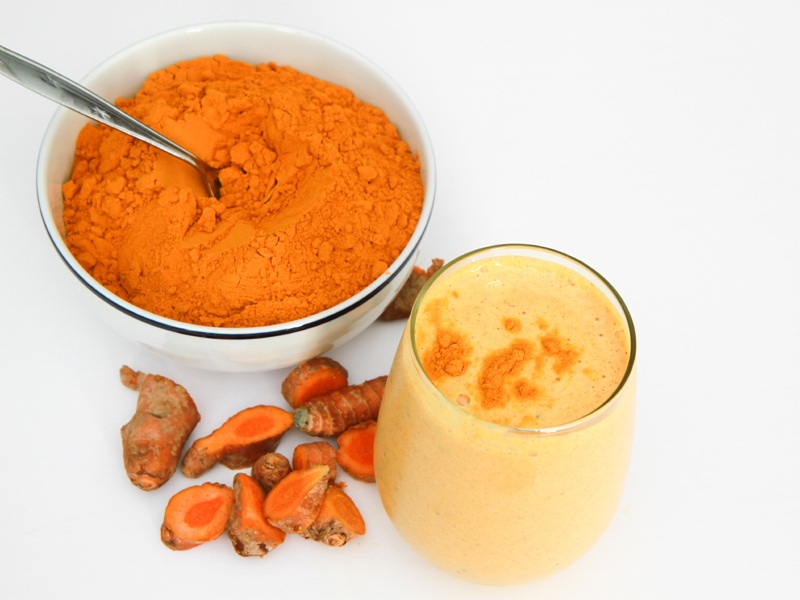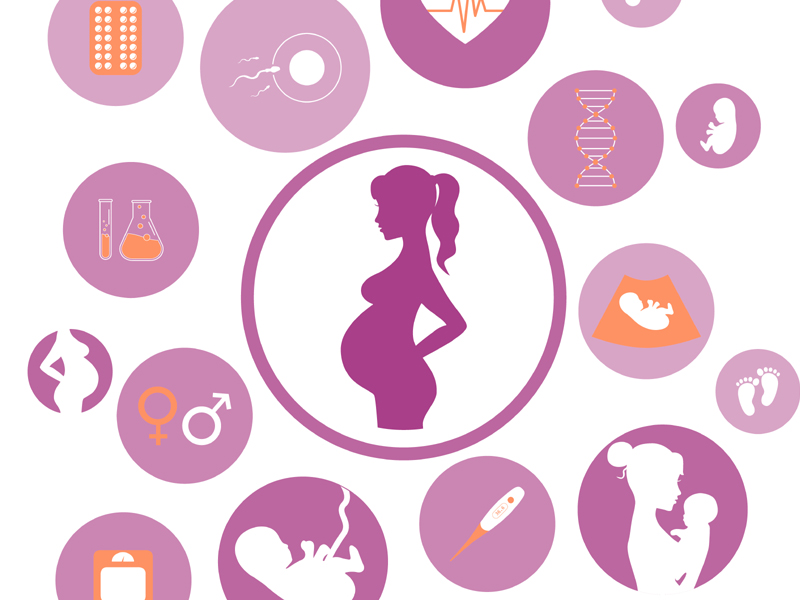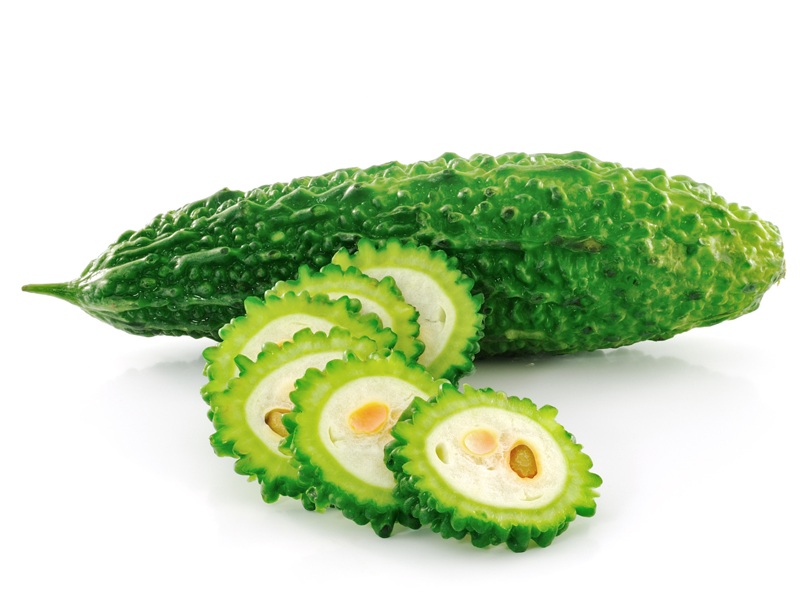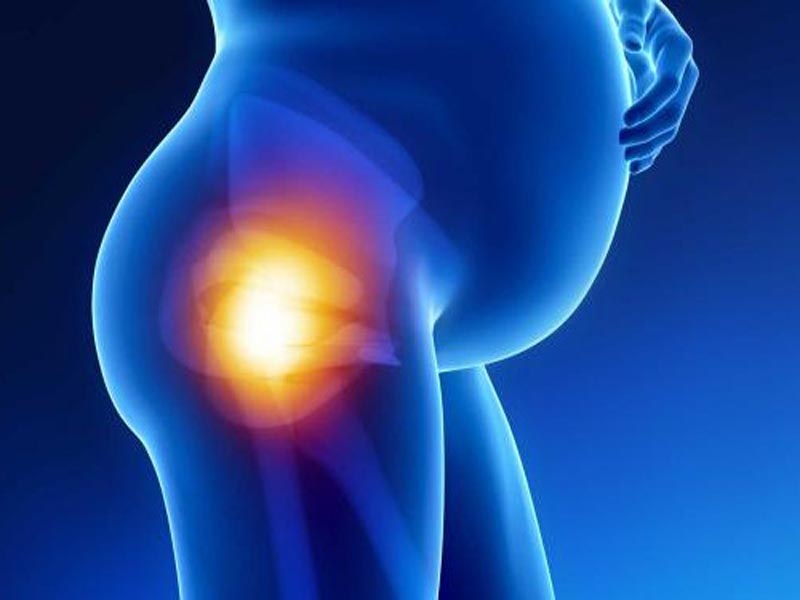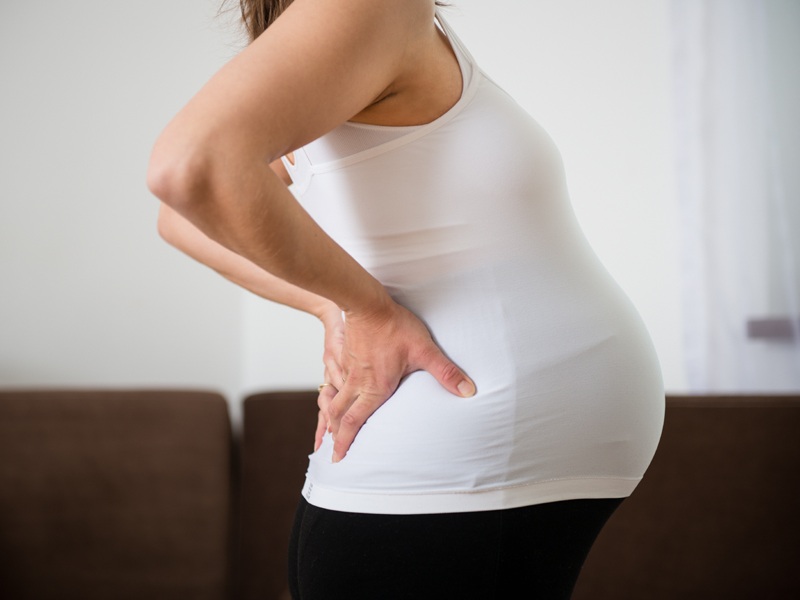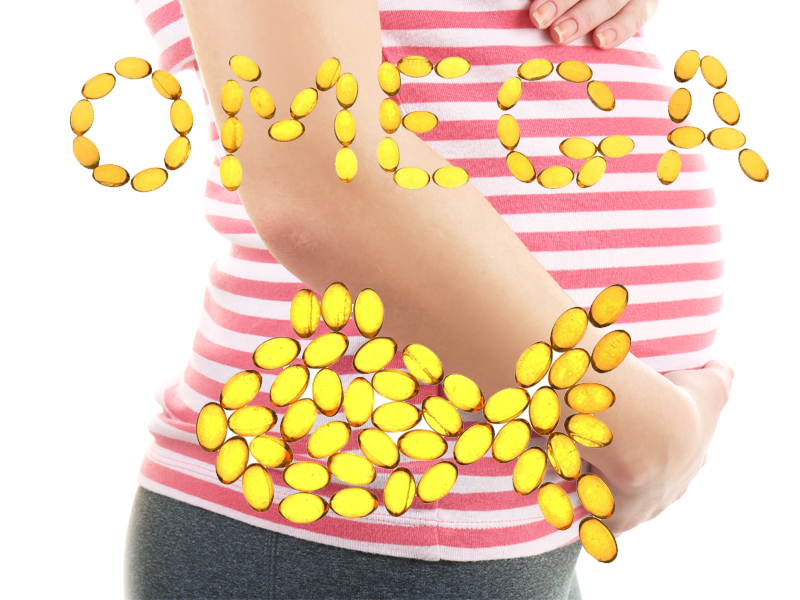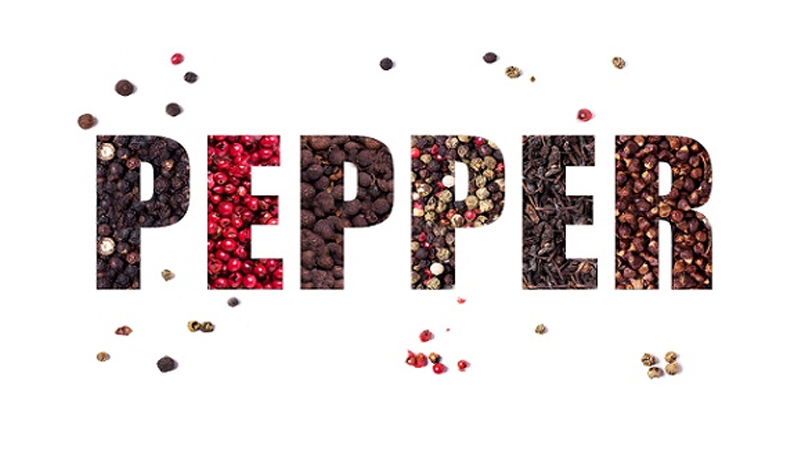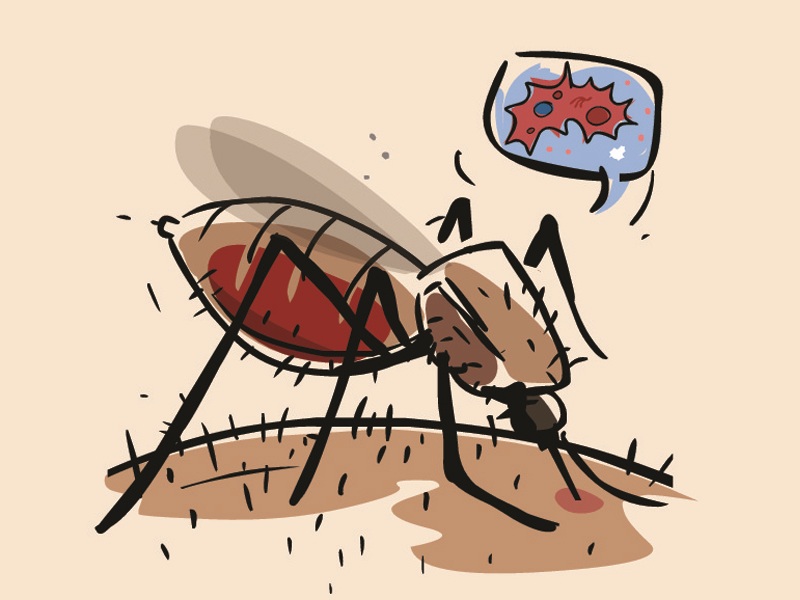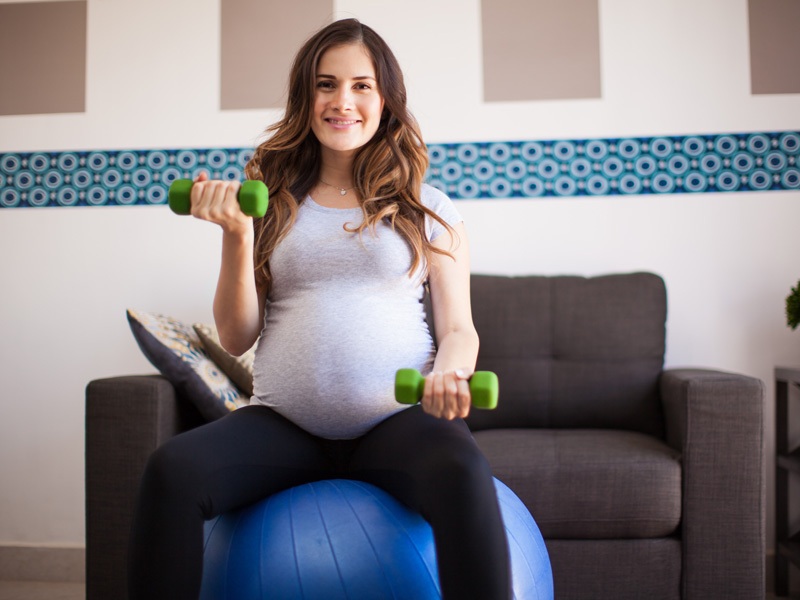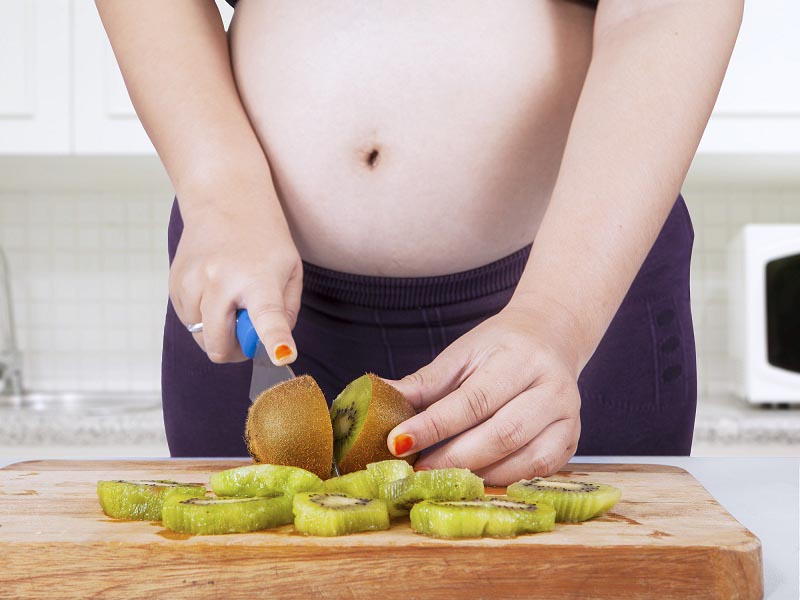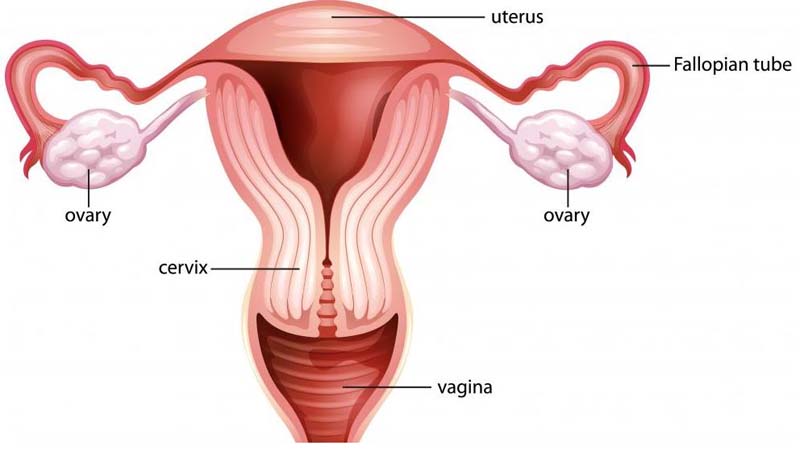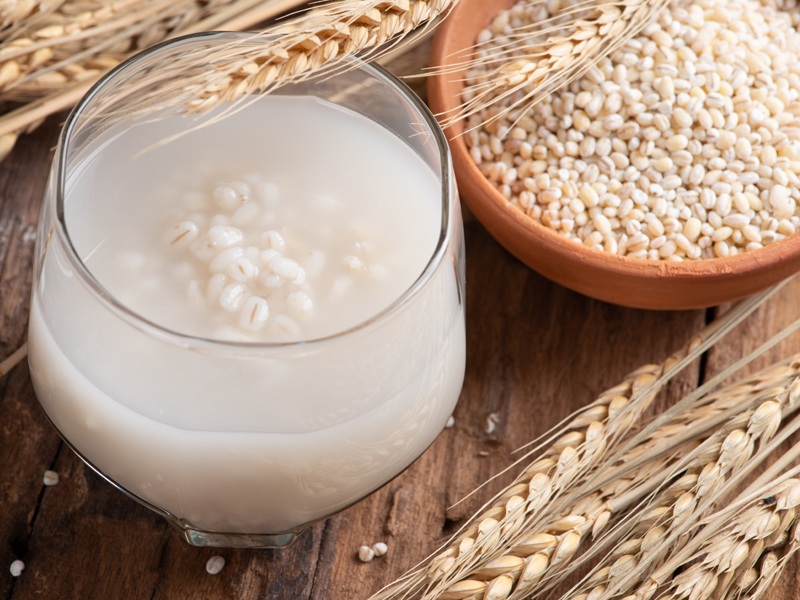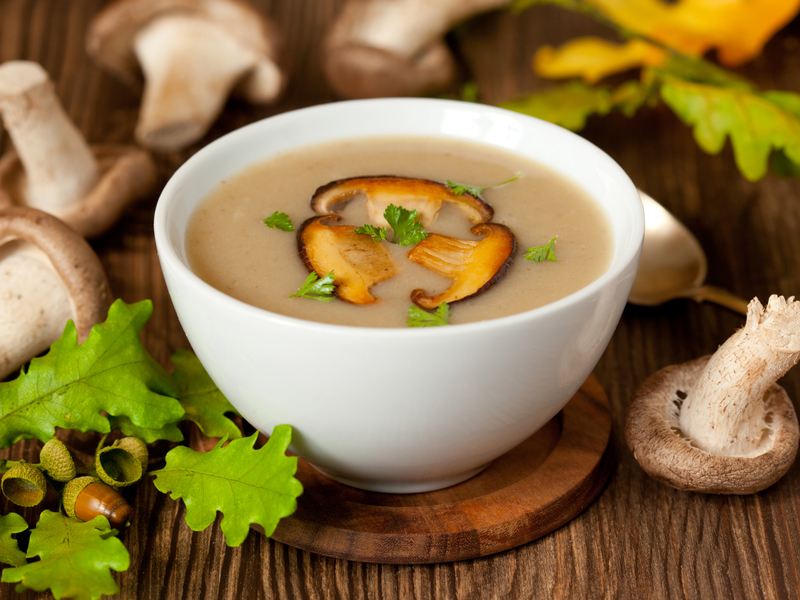Getting pregnant is the most awaited and beautiful phase of a woman’s life. Giving birth to a new life makes you feel wonderful and special in a different way. It not only gives a new member to the family but a new life for the mother.
From the first sensation of something growing within you until the baby is by your side, a woman experiences many physical changes. With the belly being the only major visible physical change, you experience other changes that are not visible but can be felt. Amongst them are changes in your breasts that can only be handled by the pregnant woman. Read ahead for the changes you usually feel during those 9 months.
Breast Changes During Pregnancy:
Discover the natural and essential breast changes that occur during pregnancy, from growth and tenderness to preparation for breastfeeding.
First Trimester – Week 1 to Week 13:
Breast changes during early pregnancy (or) first trimester that you can feel. This is similar to the changes you used to feel during your periods. The breasts become painful, sore and very sensitive to touch. Some also feel tingling and itchiness around the breasts. Sometimes, you do not like wearing a bra, but this is not the perfect solution.
To deal with this phase, try massaging the breasts in smooth circular motions using natural oil that does not have a pungent smell. Try not to use aroma oils or oils having ones that cause tingling. Using soft, comfortable bras can also bring relief.
Second Trimester – Week 13 to Week 26:
As you approach mid-pregnancy, hormonal changes are active, and changes in the overall body also become visible. You tend to lose your waistline and prepare the body for the baby’s growth within you. As for the breasts, you can feel the need to move a size up with your underwear. While the pain continues, it is important to know that the breasts are now preparing milk glands, which will help in breastfeeding the child without much inconvenience. You might also see that the nipples become dark and aureola bigger.
A good moisturiser is necessary for those who experience dryness and flaky breasts. Consider wearing an appropriate bra that is not too tight, and try avoiding wearing a bra at night to be comfortable.
Third Trimester – Week 27 to Week 40:
With the breasts growing in size as you proceed towards the end of pregnancy, it’s time you move up with the cup size of your bra and wear a proper bra during exercise. Since the stretching of the skin continues, apply more oils and cocoa butter to prevent the appearance of stretch marks on the breasts. Do not try to fit into old bras; this might cause lumps and soreness and make you feel worse.
A few of you may also feel the itchiness and flakes from the nipples. Try to resist the temptation to peel off the flaky skin to prevent skin from cracking and bleeding. You may also notice the line below the breasts becoming dark and dull, but this shall soon disappear with proper care post-delivery.
Read Next: Remedies for Itchy Breast During Pregnancy
Overview:
Breast Changes During Pregnancy are brought about by hormones alone and prepare the body for the baby’s needs. Knowing what is safe and what can be done to prevent problems post-delivery is important. With a little care and attention, you can also prevent problems like cancer and breast tissue disorders that cause improper lactation. Breasts are a very tender part but play an important role in the development and overall health of the baby. It is important that every mother knows it and takes care of herself in every possible way.



























